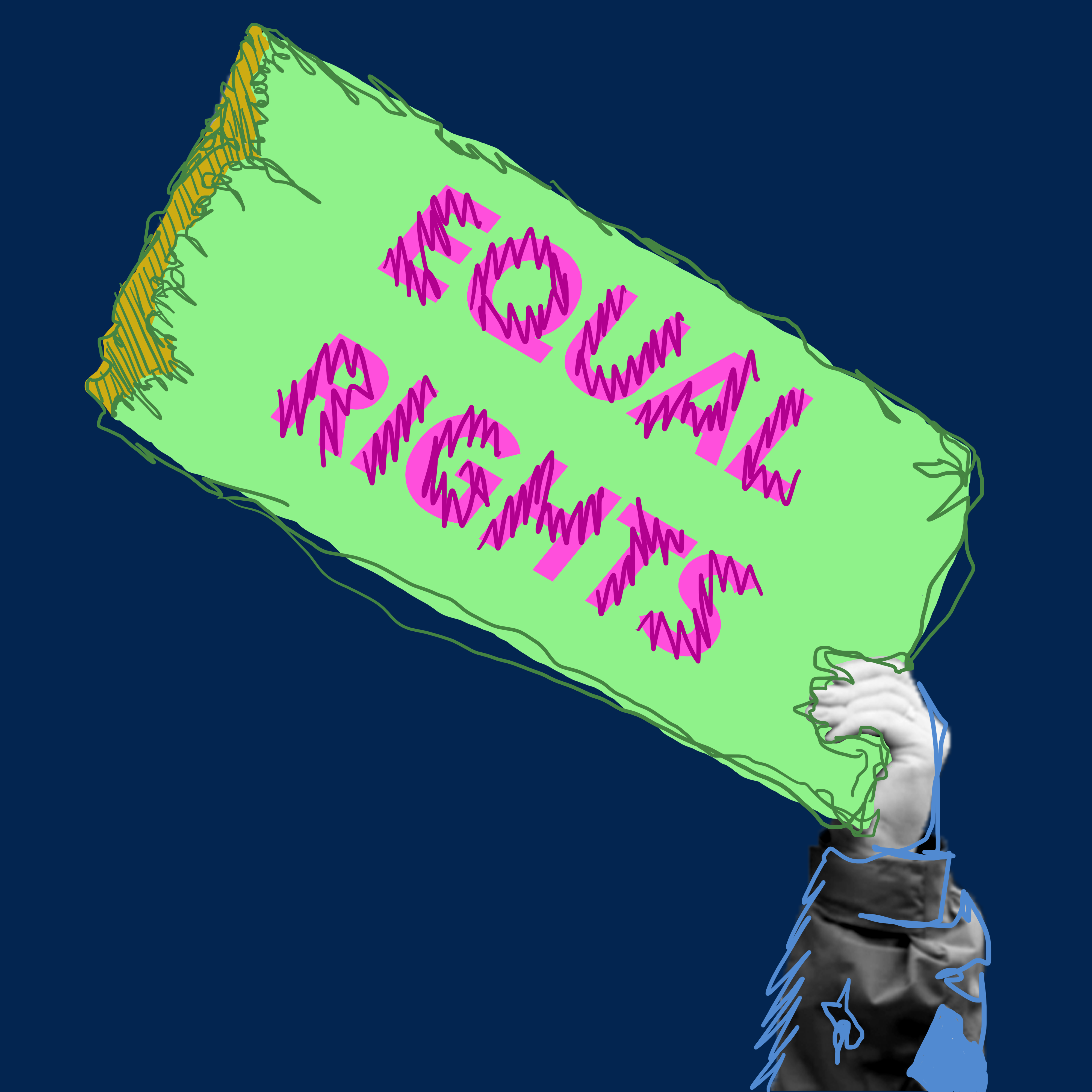Nearly half a century ago, an amendment to the United States Constitution was introduced that would give equal protection under the Constitution to women — although as of right now, its future remains uncertain.
Last Tuesday, the John C. West Forum on Politics and Policy at Winthrop University hosted Patricia Wolman of the South Carolina League of Women Voters to discuss the status of the Equal Rights Amendment.
According to the Encyclopedia Britannica, the ERA was introduced to the United States Congress in 1923 — shortly after women were given the right to vote on a national level — and was approved by the Senate in 1972, a full 49 years after being introduced. The amendment was given to the individual states for ratification but failed to reach the required passage by 38 states to become a constitutional amendment, even after a ten year deadline extension.
Katarina Moyon, director of the West Forum, opened the event by saying that the ERA lecture was the “first even kicking off our celebration of the hundredth anniversary of the 19th Amendment, giving women across the country the right to vote.”
“Last week, the state of Virginia became the 38th state to approve the constitutional amendment for the Equal Rights Amendment. This is following Nevada in 2017 and Illinois in 2018,” Moyon said. “It’s a symbolic victory for those who for generations have been advocating for constitutional guarantees of legal rights regardless of sex.”
Moyon went on to say that the ERA “is also up for vote this year in the South Carolina legislature.”
“I [wanted] to start out talking about where we are right now because it’s a continuing saga,” Wolman said. She went on to describe the influence that her grandmother had on due to her fierce commitment to voting.
“She was really committed to it. Illness, foul weather, time constraints, lack of transportation, nothing could keep her from voting in local, state [and] national elections,” Wolman said. “Only her death at age 90 kept her away from the polls.”
Wolman said that the “purpose” of the presentation was to deliver a “better understanding” of the ERA’s “journey.”
“The ERA is really the fulfillment of a belief in how we think women should be treated in the world,” Wolman said. “In this country, we’ve been struggling with that process for over 230 years and counting.”
Wolman talked about a letter that Abigail Adams sent to her husband, ‘Founding Father’ John Adams, in the spring of 1776. In this letter, Abigail wrote that “[women] will not be bound by any laws in which we have no voice or representation.”
“It wasn’t until 60 years after the Constitution was written that a group of brave souls got together to once again try to get women some rights,” Wolman said. “In July of 1848, 300 women’s rights activists met in Seneca Falls, New York to hold this country’s first convention on women’s rights.”
Wolman discussed the events that led up to the famous two-day Seneca Falls convention — which Wolman said was filled with “lively conversations and heated discussions” — and said that the convention culminated in the writing of the Declaration of Sentiments, which Wolman described as being “modeled after the Declaration of Independence.”
Wolman talked about some of the internal divisions within the group that had attended the Seneca Falls convention. She credited Frederick Douglass — who Wolman said was the “sole African American” attendee at the convention — with being largely responsible for helping women achieve the right to vote. “He’s the one [who] pushed it through,” Wolman said.
“Unfortunately, his graciousness was not returned,” Wolman said. “When the 15th Amendment gave black men the right to vote, [prominent suffragettes] Elizabeth Cady Stanton and Susan B. Anthony refused to support it. They said that if women could not have the right to vote, then neither should black men.”
Wolman described how some suffragettes refocused their efforts on attaining rights for white women, and she said that the split “plagued the women’s rights movement from that point forward.”
“While race issues threatened to derail women’s right to vote, class issues were equally contentious with the ERA,” Wolman said.
Wolman said that the ERA was introduced by a woman named Alice Paul, and that the ERA that Paul introduced is “the very same that we are talking about today.”
Despite years of struggles and internal disputes within the women’s rights movement, the ERA had “unprecedented public support” by the 1970s, according to Wolman. She said that the ERA passed in the U.S. House of Representatives by a vote of 354-24 in 1972 and passed in the U.S. Senate by a vote of 84-8.
Not long after this, a “strong and well-organized opposition took hold,” Wolman said. She explained that the seven–year deadline was extended to ten years, but the ERA still “fell three states short.”
Wolman said that one reason that the proposed amendment failed was an anti-ERA campaign that utilized “fear.”
“The leaders had a faith-based belief that women should be subordinate to men,” Wolman said. “They felt that women’s primary role in society was a wife, mother and homemaker. They said that equality would threaten the many privileges that women had and they stoked fear that equality would bring about a host of other terrible consequences that would ruin society … they said that a woman would lose her right to be supported by her husband — she would lose alimony in divorce settlements. She could be drafted and sent [into] combat. Abortion rights would be widespread and freely obtained. Homosexual teachers, marriages and even adoptions would be allowed and single-sex bathrooms would be eliminated.”
Wolman said that the ERA is “not a radical idea” and pointed to surveys that report that most adults in the United States believe in equal rights for all citizens although “80 percent of Americans believe that we already have equal rights, that the Constitution already guarantees them — it does not” which Wolman characterized as a “problem.”
She said that as of right now, the U.S. has laws against discrimination but said that “laws can be changed.”
“What we gain in one circumstance, we can easily lose in another,” she said.
Graphic: Maggie Claytor/ The Johnsonian




